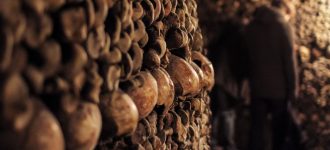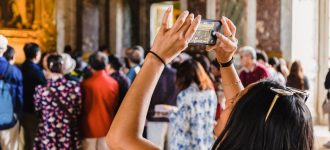There is inside information on how and when to visit some of the world’s best museums. Before the onslaught of post-pandemic tourism, for example, the priceless tip for the best way to approach the Vatican Museums was to go after lunch; sure, you’d only have a couple of hours before closing time, but you could walk right up to the ticket office, no line at all. Similarly, the Prado in Madrid gets packed between 10am and 2pm. Go after 2pm, when many people are eating lunch, and you’ll experience a much quieter space in which to take in the Bosches, Titans, El Grecos, and Raphaels.
But what about the museum of all art museums, Le Musée, as some locals call it: the Louvre in Paris? In 2024, nearly 9 million people visited the museum. That’s almost 25,000 people per day and almost 2,800 people per hour during the museum’s nine hours that it is open. With these kinds of crowds, you need to strategize when you’re going to go to the Louvre.
So, when is the best time to visit the Louvre?
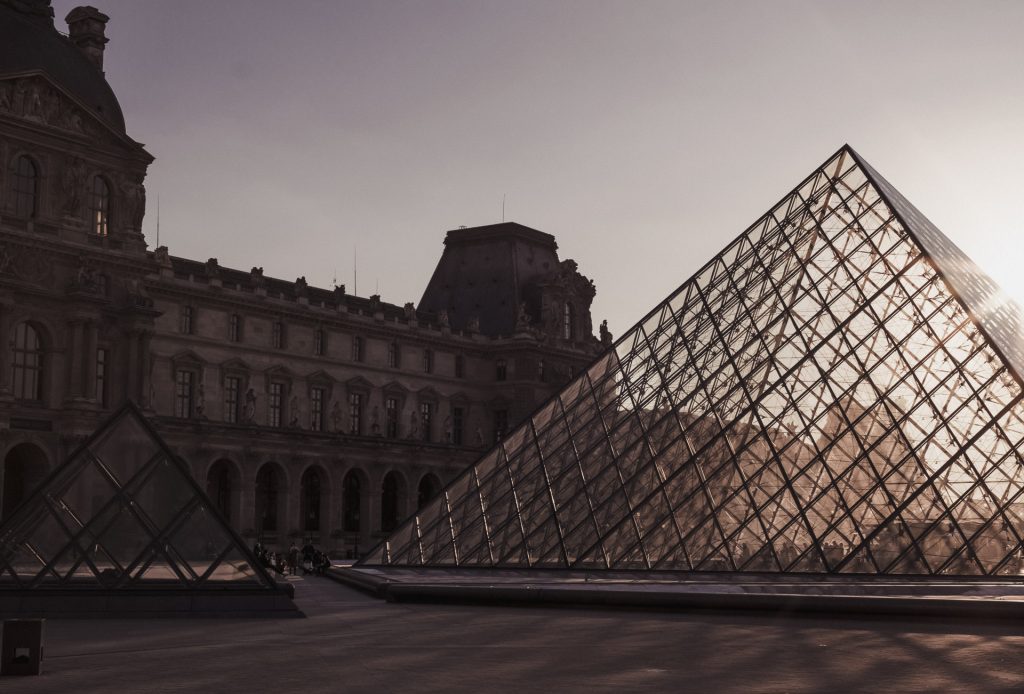
The afternoon?
The correct answer is, in fact, the afternoon. Why? The peak hours for visits to the Louvre end around 2:30 or 3pm, particularly on weekdays, when the museum is busiest. If you come on Monday, Thursday, Saturday, and Sunday, the museum closes at 6pm. On Wednesday and Friday, it shutters at 9pm. So, you can plan accordingly, and if you’re wondering when the best time to visit the Louvre is, make the late afternoon your secret weapon.
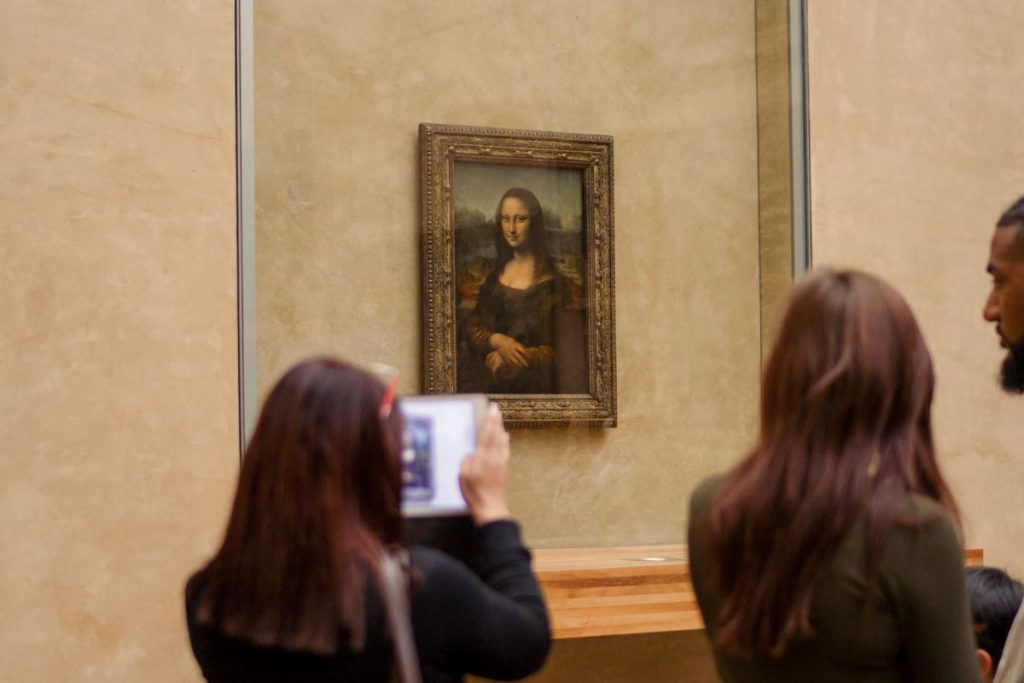
But, it turns out, there’s even a more correct answer than that:
The optimum option is to go during the last of the closing hours and do it with an expert local tour guide on our Closing Time Tour. Why? Let us count the ways: there are 35,000 works of art on display in the Louvre. If you had all day, you would not be able to cover the entire place. And even if you could, would you want to? You’d end up zombie-walking through the last few hours, not able to take in a thing. With a local guide, you’ll be whisked to the greatest hits of the museum: of course, the Mona Lisa, the leading lady of the Louvre; Venus de Milo; the works of Michelangelo, Titian, Caravaggio, and Raphael. And plus, you’ll leave room for discovering artists and works of art you’re not yet familiar with.
And so, the best time to visit the Louvre is … 2.5 hours before it closes, preferably with a guide to lead you around so you’ll have the maximalist experience at one of the world’s great art museums.
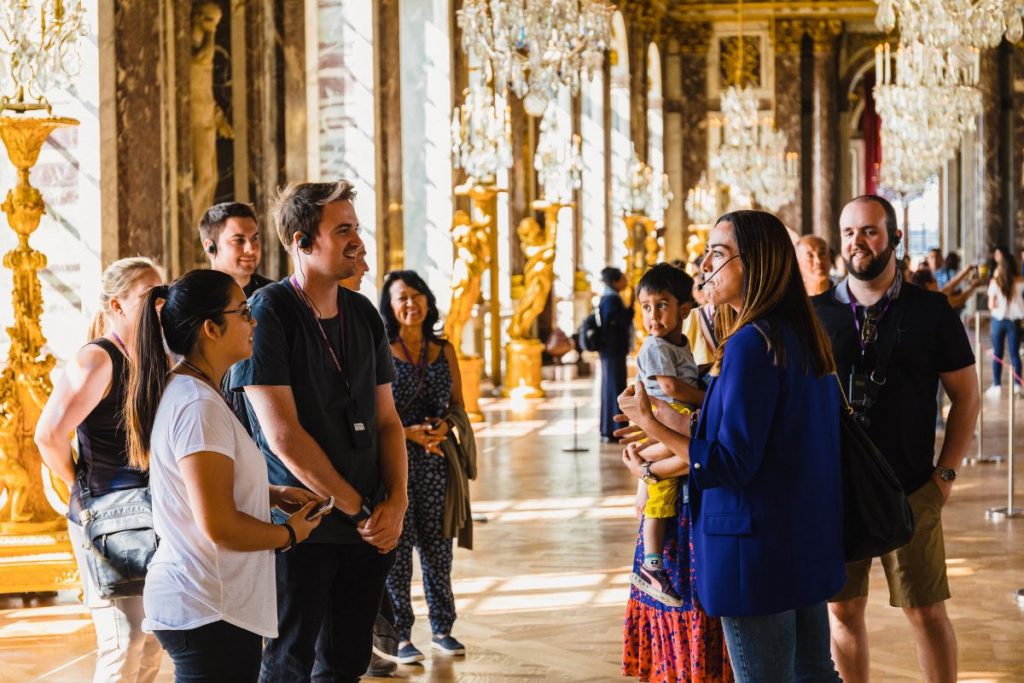
In the morning?
If your schedule doesn’t allow for a late-afternoon or early-evening visit to the Louvre, consider this: the Louvre swings open its doors at 9am every day except for Tuesday when it is closed. So, it’s a good idea to get there at, say, 8:30-ish am, wait in line and then when the doors open, you’ll be the first one standing in front of the Mona Lisa, arguably the world’s most iconic painting? Also, buy your ticket online in advance and you’ll even save yourself some more time.
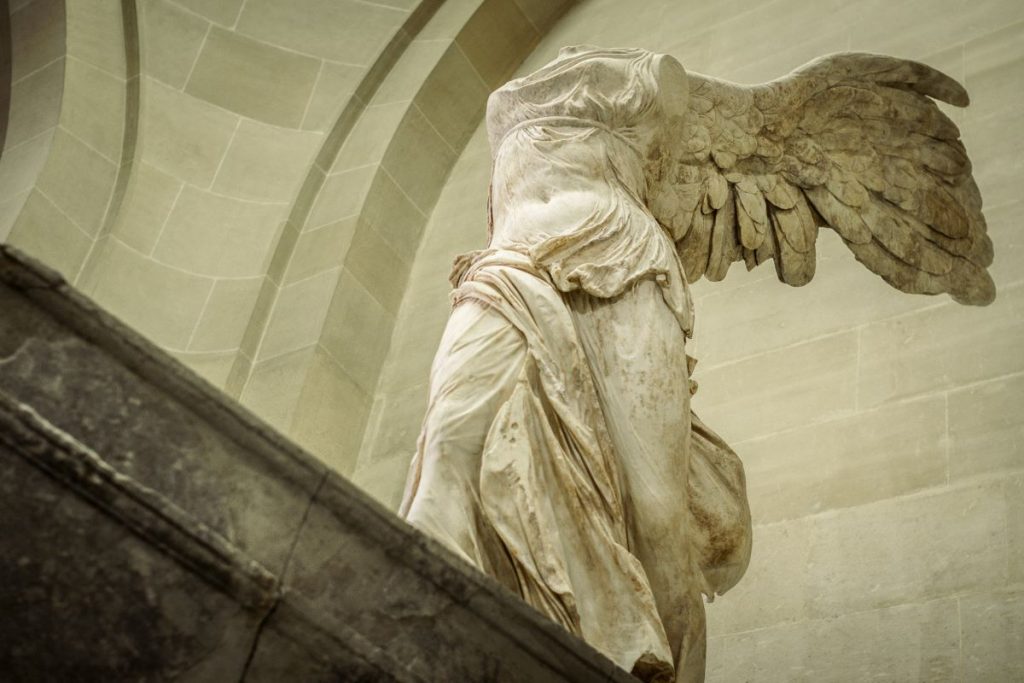
It could be a good idea. Except for when the museum is at its most crowded—don’t forget it attracts 25,000 people per day—starting around 11am and goes until about 2:30pm. So yes, you may have the chance to gawk at some of the world’s most famous paintings and sculptures for a little while, but as the minutes tick by, the museum is going to get increasingly crowded.
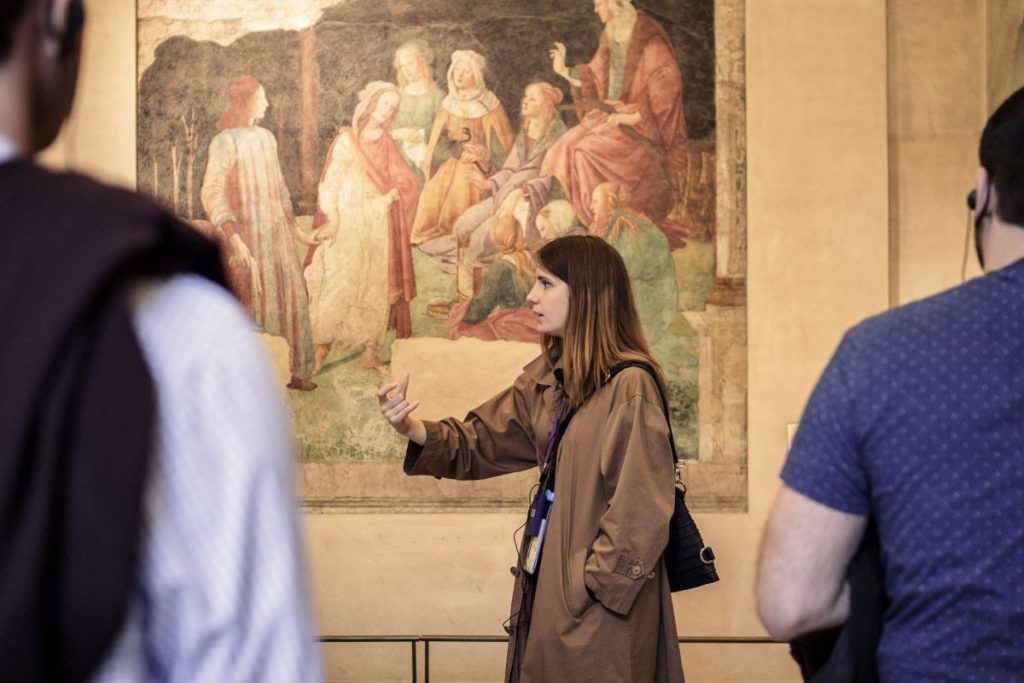
FAQs – Best Time to Visit The Louvre
Why should you take a guided tour of the Louvre?
How many times are you going to visit the Louvre in your life? Once, maybe twice? So, why not get the most out of the experience by strolling the halls and galleries of the Louvre with a local expert who can lead you around to the museum’s greatest hits and give you insider information that you’d never been able to glean on your own? On top of that, you’re supporting the local economy by giving work to a local. It’s a win-win.
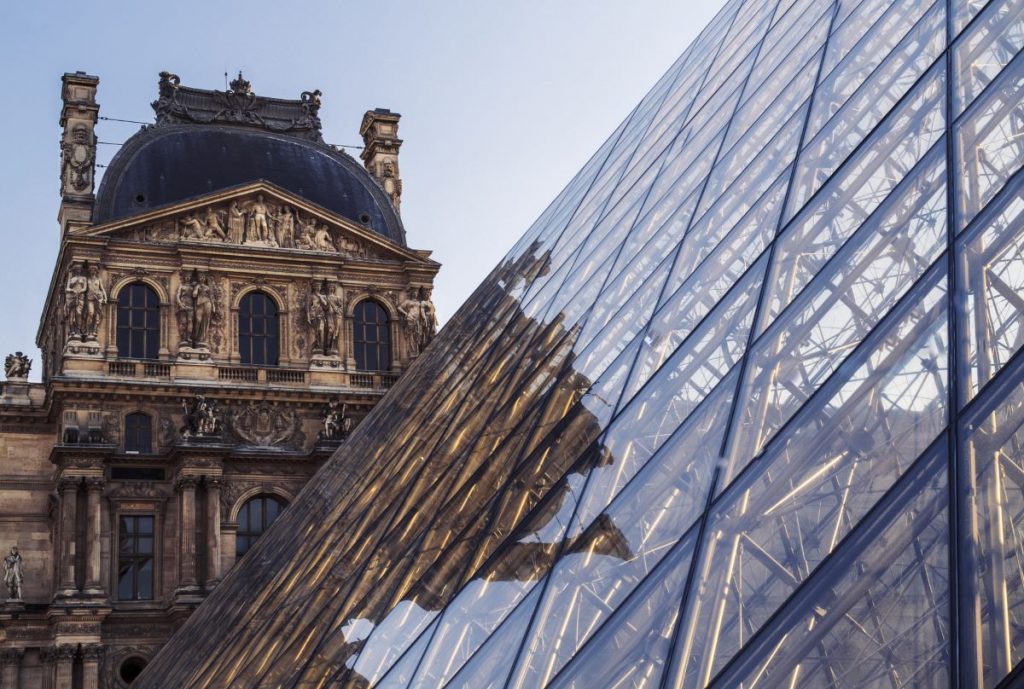
What time does the tour start and how long does it last?
On Mondays, Thursdays, Saturdays, and Sundays, the tour starts at 2:45 and lasts for two and a half hours. On Wednesdays and Fridays, the 2.5-hour tour starts at 5:45pm.
What is the best time to visit Paris?
Like a lot of large cities in Europe, shoulder season is always the optimum time to visit, achieving a balance between affordability, fewer crowds, and access to museums, restaurants, and cafes—so, April and October. In summer, when travel and temperatures are at their peak, there will be longer lines and fewer available tables at restaurants. In winter, prices are more affordable and crowds will be smaller, but you’ll have to brave the cold weather.
Experience the magic of the Louvre at its quietest and most captivating—book your expert-led Closing Time Louvre tour for exclusive after-hours access to the museum’s masterpieces. Don’t miss your chance to see the world’s greatest art without the crowds—reserve your spot today!

